When you are an exclusively breastfeeding mother, handling breastmilk is a no-brainer
- Boob produces milk
- Baby drinks from boob

So simple even my 5 year old gets it- (Photo Cred:Quite Dandy Photography)
Easy peasy lemon squeezy, right? But when you are not “the one with boobs”, handling that liquid gold gets a little more complicated. Because let’s be honest here- no one wants to be the one to tell a pumping mom that they are the one who spoiled the breast milk.
 Now that’s something to cry over!
Now that’s something to cry over!
So here are few tips, tricks and rules to handling breast-milk, for the un-initiated boob supporter and care provider.
But first, a note from the CDC:
Safely Preparing and Storing Expressed Breastmilk
-
Be sure to wash your hands before expressing or handling breastmilk.
-
When collecting milk, be sure to store it in clean containers, such as screw cap bottles, hard plastic cups with tight caps, or heavy-duty bags that fit directly into nursery bottles. Avoid using ordinary plastic storage bags or formula bottle bags, as these could easily leak or spill.
-
If delivering breastmilk to a child care provider, clearly label the container with the child’s name and date.
-
Clearly label the milk with the date it was expressed to facilitate using the oldest milk first.
-
Do not add fresh milk to already frozen milk within a storage container. It is best not to mix the two.
-
Do not save milk from a used bottle for use at another feeding.
-
Clean breast pump parts after each use. Visit the U.S. Food and Drug Administration (FDA) web site on Cleaning a Breast Pump for additional information.
Now that we have reviewed the safety guidelines for handling breast-milk, here is a list of my tried-and-true hacks for handling breastmilk as a family daycare provider.
1. Watch the clock.
Know approximately how long your little one eats between feedings, so that you’re not frantically trying to heat breastmilk with a screaming and frantic infant in your arms. Just as if baby was eating “from tap,” it is important to watch hunger cues, and know approximately when baby may be hungry next.
2. Use your Keurig to warm the milk!
As a daycare provider, with 7 children to watch, I needed an efficient way to warm my Little’s pumped milk, quickly. And, well, I rely on my keruig for my own person liquid gold, so… a hot water bath for pumped milk it is! Quick, easy, and no extra steps! I should add, my milky daycare mama used her reusable Medela bottles that came through insurance, and the temperature was always right. If you’re using milk from a disposable bag, please make sure not to let it overheat. I’ve also seen daycares which leave a crockpot on low filled with water for instant warm water baths for their breastfed babies. Whatever you do, please don’t microwave that milk! Referencing the La Leche League:
“Do not heat… milk in a stove or a microwave oven” states LLLI’s THE WOMANLY ART OF BREASTFEEDING, 7th Revised Edition, 2004 on page 122. Warming your stored milk in the microwave causes it to heat unevenly, creating “hot spots” that may burn your baby’s mouth. Furthermore, valuable immunological components can be destroyed if the milk gets too hot (p. 158).
3. Wash your pump and replace parts regularly

It sounds more common sense on paper than it is in practice. Let’s face it- working, breastfeeding moms are TIRED. Sometimes the common sense stuff slips our brains. If you’re lucky, some insurance providers replace parts regularly. But either way, make sure you take home your pump on the weekends to give it a good scrub, and sanitize. One of my daycare mama’s and I realized that her milk was getting a “smell” to it. It didn’t seem to bother her little one, but it was certainly noticeable. We discussed lipase and some other options as to what we thought the cause was. Then it clicked. “When was the last time you’ve washed your pump and replaced your parts?” I asked her.
The smell never came back after that.
4. Test the temperature before you feed baby- on your hand
Common myth says to test the temperature of milk before feeding by dribbling a few drops on your wrist. However, your wrist is not a sensitive part of your body for testing warmth! Instead, spill a couple drops of milk onto your hand, which is a better indicator. The milk should be body-to-luke-warm.
Good luck to you, breastmilk-handlers! Keep those babies happy and healthy- and whatever you do, don’t spill that liquid gold!

Lauren Lewis is no stranger to childcare development, having spent over 10 years as a nanny or family childcare provider. She’s the wife of a travel geek, mother of two vivacious children, and has an amazing talent for trailing lost things behind her a la Hansel and Gretel. Her passion for lifting up women and advocating for children pours out in her work as a Central Indiana Event Coordinator, Writer, and Social Media Relations Director for Breastfeeding World. Her life is full of busy, crazy and LOUD. It is full of love and hope, ups and downs. And coffee, always lots of coffee- but she wouldn’t have it any other way.

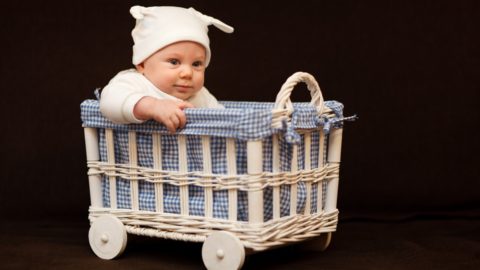

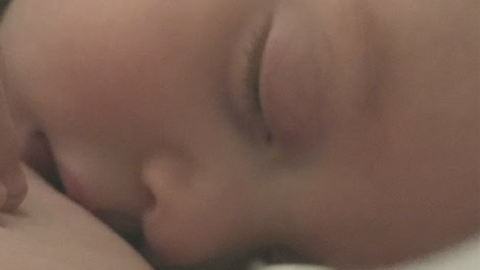
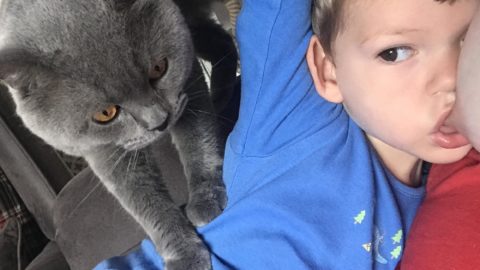
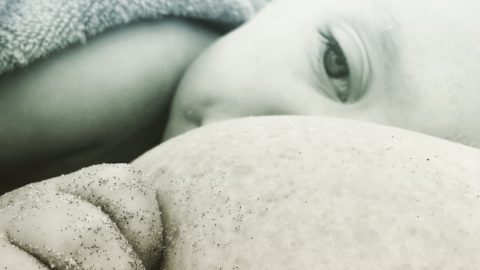
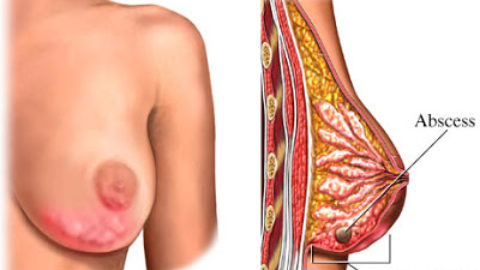
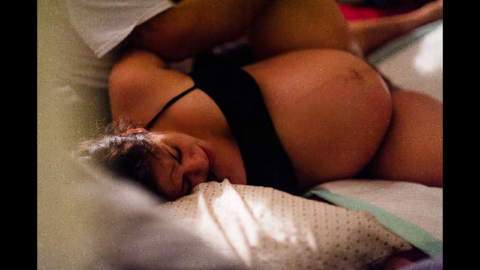
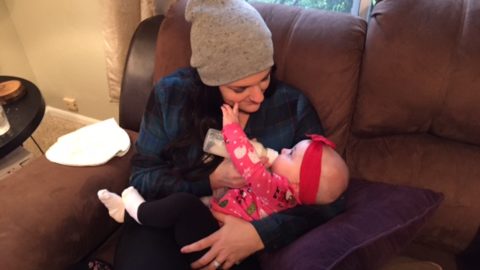

Great advice! I’ve just finished pumping for my second child (Oh man, am I glad to be done) But now she’s just finishing up her first year with frozen breastmilk since I over produced.
One time I spilled a full bottle right after I pumped, and it was so sad! Not fun. But thanks for the tips!